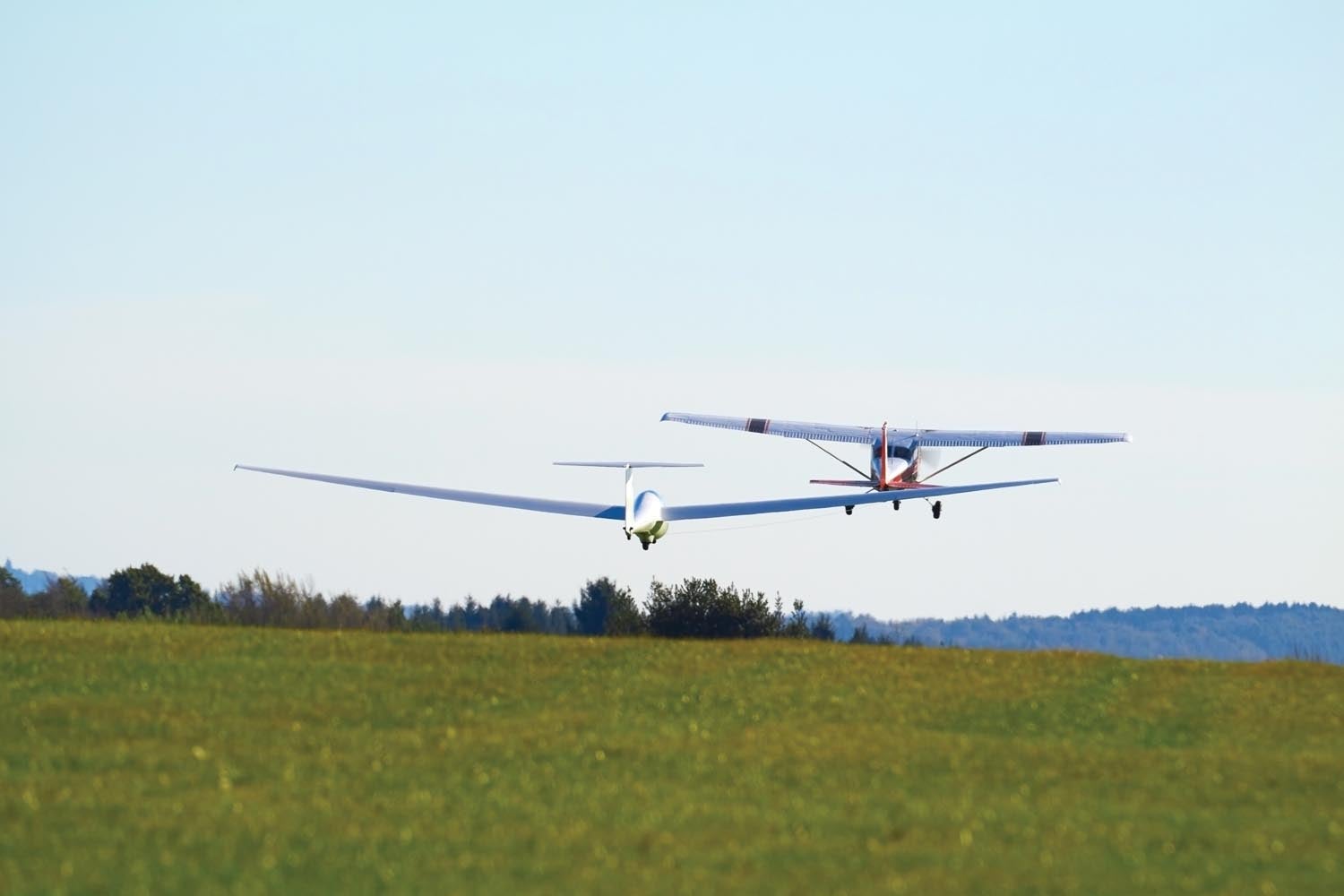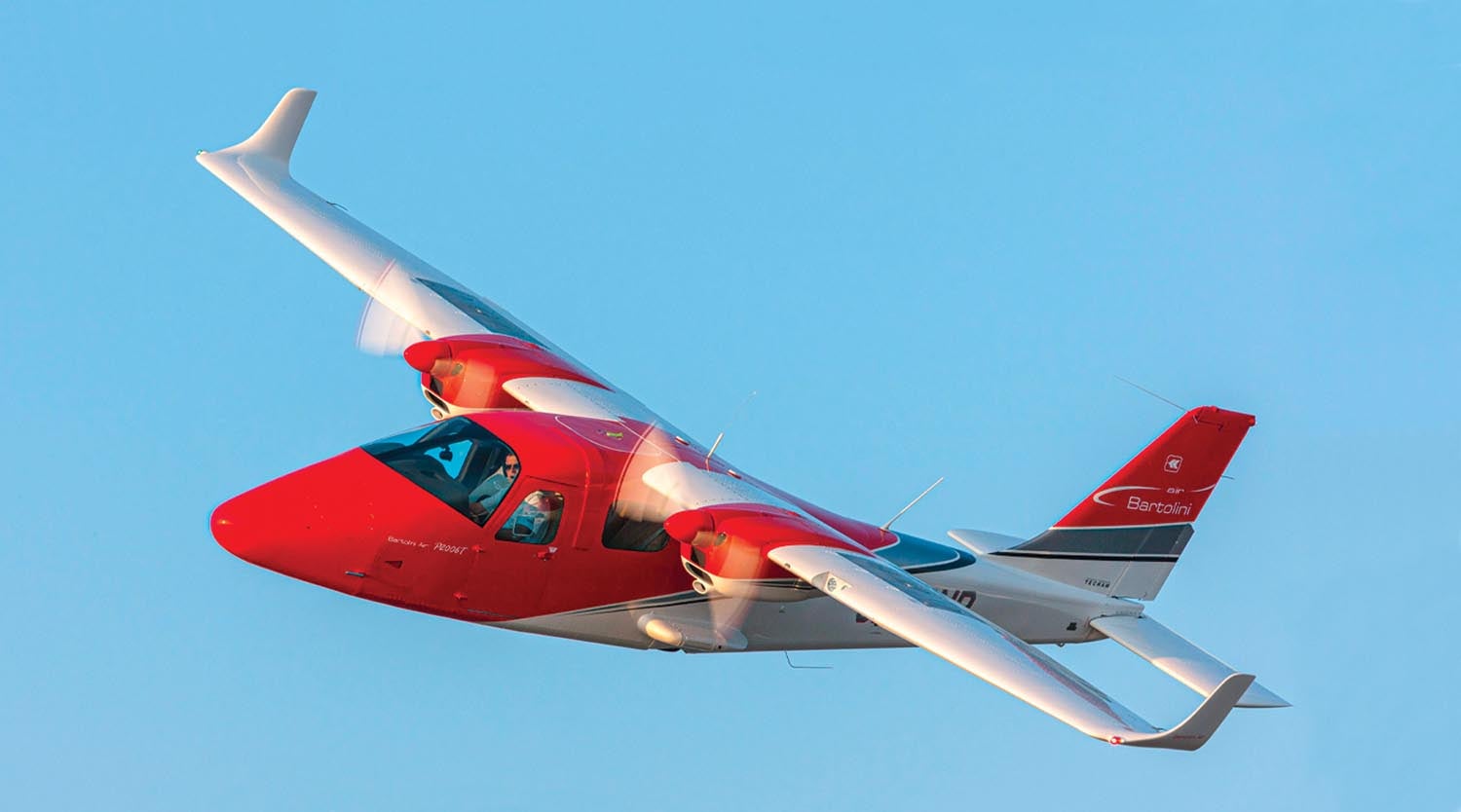
Way back when I was working for NASA, I used to get mail addressed to “Dr.” Paul Dye, which always amused this college graduate who never went beyond a bachelor’s degree. I guess folks thought that anyone in my position must have a doctorate, because that is what sci-fi movies had taught them. But, no, I started with the space program before I even graduated from the university and was having so much fun that I never went back to school. But that doesn’t mean that I haven’t been learning (continuously) along the way. In fact, I have told people many times (when they asked about my graduate school plans) that if I ever feel like I have stopped learning, I’ll go back to college. Otherwise, I am having a great time expanding my education!
Last month, I shared how working toward a rotorcraft rating was, in some ways, an effort to collect merit badges in flying. I certainly enjoyed it from that perspective, but there’s a lot more to it. Fact is, continuing education is important in life and especially so in aviation.
In the space program, those of us in operations—planning, training for and actually flying space missions—probably could log much more than half our work hours as learning. Even when we were designing procedures or making reference drawings, it was all part of the learning process.
The same is true in Experimental aviation. In fact, we are allowed to license our homebuilt aircraft if we built them for recreation and education. And just as we are learning to rivet, cover or mold, we need to keep learning as pilots if we are to remain in this business and die warm and comfy in our beds instead of all tensed up and screaming in the cockpit.
Sure, if you live in the U.S. and have an FAA pilot’s certificate, you have certain minimum requirements to account for if you are going to act as pilot in command—a flight review every two years and three takeoffs and landings in the past 90 days to carry a passenger. But those aren’t really what I consider continuing education, more a sort of proof of life when it comes to piloting. I mean, I can go rusty with certain tasks in a week if I’m honest about it—ask my wife why I just can’t get consistent landings in her airplane, for instance. When I am getting ready to do something interesting or unique—like a first flight or testing a type new to me—I like to go out in something similar and practice the task, working my way back to consistent, smooth execution.
But that’s really addressing currency—getting our brain and muscles to do what they have done in the past. It doesn’t stretch us very far; it just maintains or prevents loss. In order to operate safely in an envelope, it is a good idea to have demonstrated that you can operate somewhere beyond that envelope.

New & Different
A good way to stretch yourself is to go after some additional training in something completely new and different—giving yourself a new rating always involves stretching, and at the same time it requires you to renew knowledge of rules and regulations that you haven’t studied since your last checkride or exam. (Yeah, that’s what the hour of ground instruction in the flight review is for—but an hour is hardly time to find your FAR/AIM, much less review it.)
One of the tropes you will hear over and over again in the general aviation, private pilot world is that getting the instrument rating is the best way to expand your skills and make you a better pilot. I can’t argue with that. The fact is that flying a single-engine light airplane in very much significant weather isn’t very practical—sure, you can log lots of time getting in and out of low-lying cloud and fog, and that is a very good use of the rating—but you’re not going to tackle massive weather systems with ice or convective activity embedded in the clouds, so you’ll cancel as many trips across the country as you would if you were VFR only. But even if you never file IFR after adding the instrument rating to your ticket, the experience and skills that you will pick up—not to mention the knowledge and comfort you will gain about operating in the “system”—will benefit all your flying. You’ll learn to be more precise, and talking on the radio and managing complex avionics are skills that any pilot can improve.
But after you get that instrument ticket, what more might you want? Well, there are skill transfers between all sorts of different flying. Go get some glider time—it’s an add-on rating that you can get in as short as a week if you dedicate yourself to the task. And it will give you a much better feel for energy management and figuring out how to make every landing work when you don’t have the option of going around! It will also get you comfortable operating close to other aircraft (in the tow) if you have never done that. There is the added benefit that it is fun! I’d like to say that it is also inexpensive, but by the time you pay for tows and glider rental, it’s really about the same cost as going to rent a simple single. But you meet some nice people hanging around glider ports, and learn a lot about weather and aerodynamics when you do.
And what about that taildragger endorsement? This almost goes along with gliders because most (all?) gliders have a tiny little wheel in back and nothing up front. I am not one of those puff-chested pilots who will tell you that taildragger pilots are more than mortal and exceptionally better than any other pilot—I did my private and soloed in a taildragger with a small number of hours because I guess I didn’t know it was supposed to be that difficult. It’s just different, and that will make you better because it broadens your experience base. So will going and getting a high-performance endorsement or a complex endorsement—learning something new will just make you deeper in experience.
Multi-engine ratings are fun, even though they have little usefulness these days in recreational flying. There are few multi-engine homebuilts (the AirCam being a notable exception, and a lot of fun), so this comes under the heading of “making you broader” rather than “adding something you are likely to use.” You are far more likely to use the seaplane rating than a multi, just based on the airplanes in the Experimental fleet.
Do I hear the beat of rotors? You can add a helicopter or other rotor (gyroplane) rating to your certificate, but it will be a definite bump up in cost. It is, again, challenging and will tax your skills as a pilot, using little directly from your fixed-wing experience except to heighten your senses and reflexes. As I related last month, the experience of rotorcraft training, even if it didn’t culminate in a new rating, was massively valuable and interesting.
In the end, this continuing education is not about ratings; it is about keeping yourself challenged, staying sharp at the stick or yoke and keeping up with the regulations and procedures. Making yourself a broader and deeper pilot will keep your mind and body active and your interest in aviation high. So when you have finished with the endless hours of building and birthed that beautiful homebuilt, think about how you are going to keep the learning going. You don’t need to go to school, as long as you challenge yourself to expand your horizons on a regular basis.
Photos: Shutterstock and courtesy of Tecnam.





The thing about Soaring and gliders is not only does it teach energy management (if you don’t learn to soar) but about weather. And that you can solo at 14 versus 16 for power. Understanding Energy management and weather are great way to start in flying.
Reminds me about becoming a glider pilot in a Comanche 260 back in October of 1992…not that I was planning on becoming a glider pilot…